Donald Trump To Establish ‘Space Force’ And Twitter Users Can’t Deal
Making America great again wasn’t good enough for Donald Trump. Now he’s setting his sights on the universe.
On Monday, the President announced the U.S. will establish a “Space Force” as a way for the United States to exercise extraterrestrial dominance, according to Reuters.
“Our destiny beyond the Earth is not only a matter of national identity, but a matter of national security,” Trump said at a White House event attended by former astronaut Buzz Aldrin as well as executives of major aerospace companies.
“When it comes to defending America, it is not enough to merely have an American presence in space. We must have American dominance in space,” Trump said.
At one point, Trump said the “Space Force” would be “separate but equal” to the Air Force, a phrase harkening back to America’s racist past.
The idea is not universally supported by members of the Trump administration.
Defense Secretary James Mattis blasted the idea last year when it was first proposed by Congress, according to TechCrunch.
In a letter to Ohio Representative Mike Turner, one of the leaders of the Space Force initiative in Congress, Mattis said he did “not wish to add a separate service that would likely present a narrower and even parochial approach to space operations.”
Twitter users also had problems with the idea.
“It is not enough to merely have an American presence in space. We must have American dominance in space,”
SPACE DOES NOT BELONG TO US, YOU MORON!— Spotts1701, Space Force Cadet (@Spotts1701) June 18, 2018
Pretty sure Trump's "Space Force" violates some UN treaty but sure whatever they're not even investigating the fact there are concentration camps full of infants so I guess he can do what he wants
— Kybuprofen 💊 (@kylaelena) June 18, 2018
Others thought the president had his priorities screwed up.
@realDonaldTrump So you can sign an executive order to create a ridiculous space force, but you can't perform the same action to stop separating families. I DON'T BELIEVE YOU
#TrumpsKidnappingChildren #TrumpConcentrationCamps— erotesis (@erotesis) June 18, 2018
Some speculated what was really going on in Trump’s mind.
Trump: "My plan to separate children from their families is working excellent along the southern border. While I work to spread this action across the world, it is my moral duty to create the Space Force, so we may someday separate alien races from their children as well."
— Maple Syrup (@Vanatestas) June 18, 2018
i'm guessing somebody finally told @realdonaldtrump about the aliens so now he thinks we need a Space Force 🤦♂️
— 👠👀 (@shoegayzing) June 18, 2018
Others imagined how future generations might react.
Love HuffPost? Become a founding member of HuffPost Plus today.
"Hurry, Flash! Thank the stars President Trump created the Space Force back in the 21st Century or we would never be able to escape Ming the Merciless!" pic.twitter.com/CzUQ5Mj6jp
— Joe Cirincione (@Cirincione) June 18, 2018
One guy is pretty sure how Trump came up with the idea.
short story:
- Trump watches Star Wars
- Trump thinks it is a documentary
- Trump is told it is not a documentary but everyone is #fakenews and he is the only one that knows the truth
- Trump orders the creation of the Space Force
The End— William Santus (@william_santus) June 18, 2018
One woman called a spade a spade.
Space Force sounds like name of a cartoon. Then again, the Trump administration is often cartoonish.
— Kearsten Holmdale (@vinylcoffeefood) June 18, 2018
Another guy had an idea how the president would sell the idea to the American people.
We will build the #SpaceForce and Mars will pay for it! pic.twitter.com/GJGPWC0S7x
— Andrew Kannely (@COSportsNut) June 18, 2018
One guy insisted that blame be placed with the proper entity: Disney.
#spaceforce See @ThatKevinSmith this is what happens when we have a new @starwars film every year
— You Dont Know (@ShitAboutFuck) June 18, 2018
Also on HuffPost
The Grand Tour
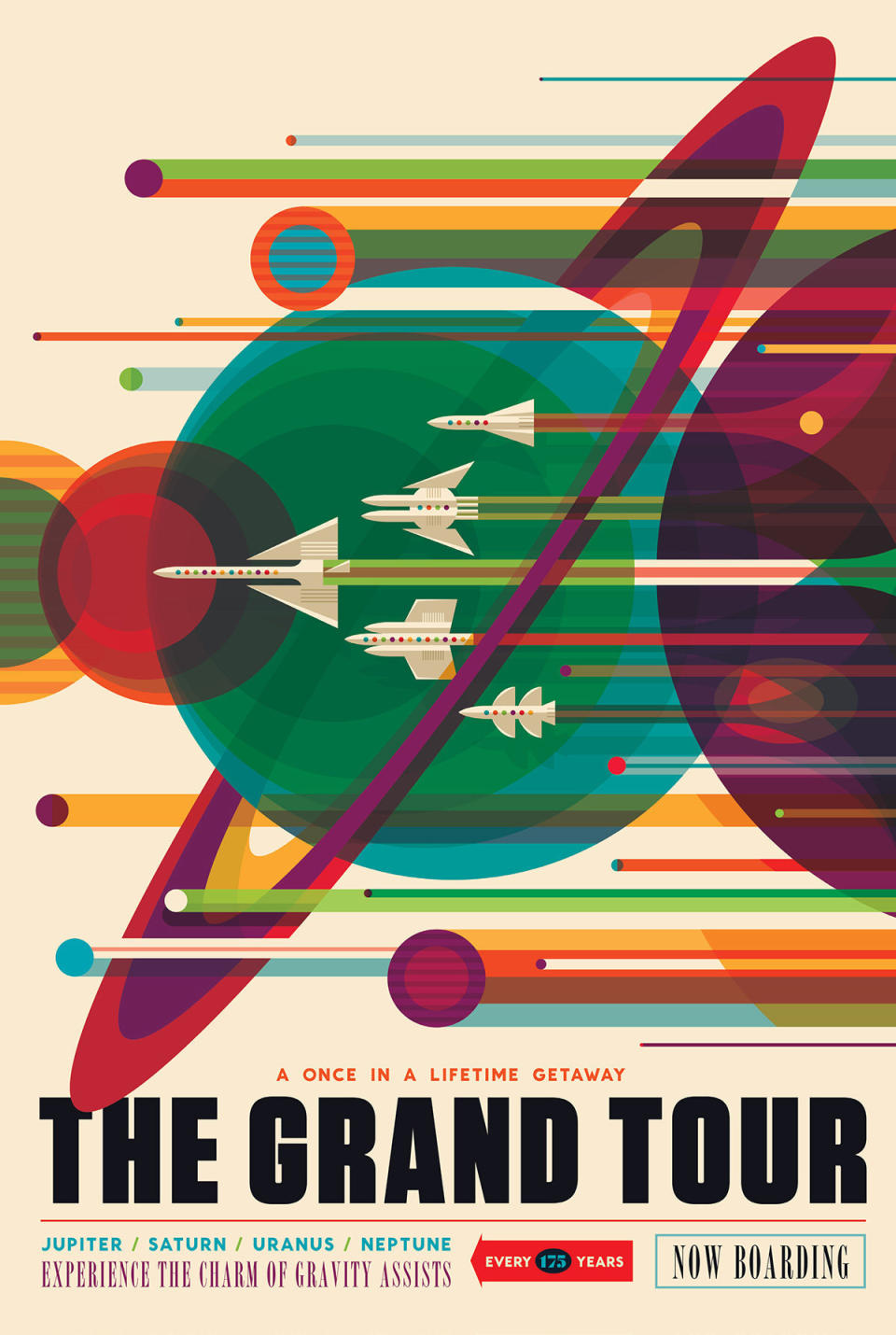
Mars

Ceres

Europa
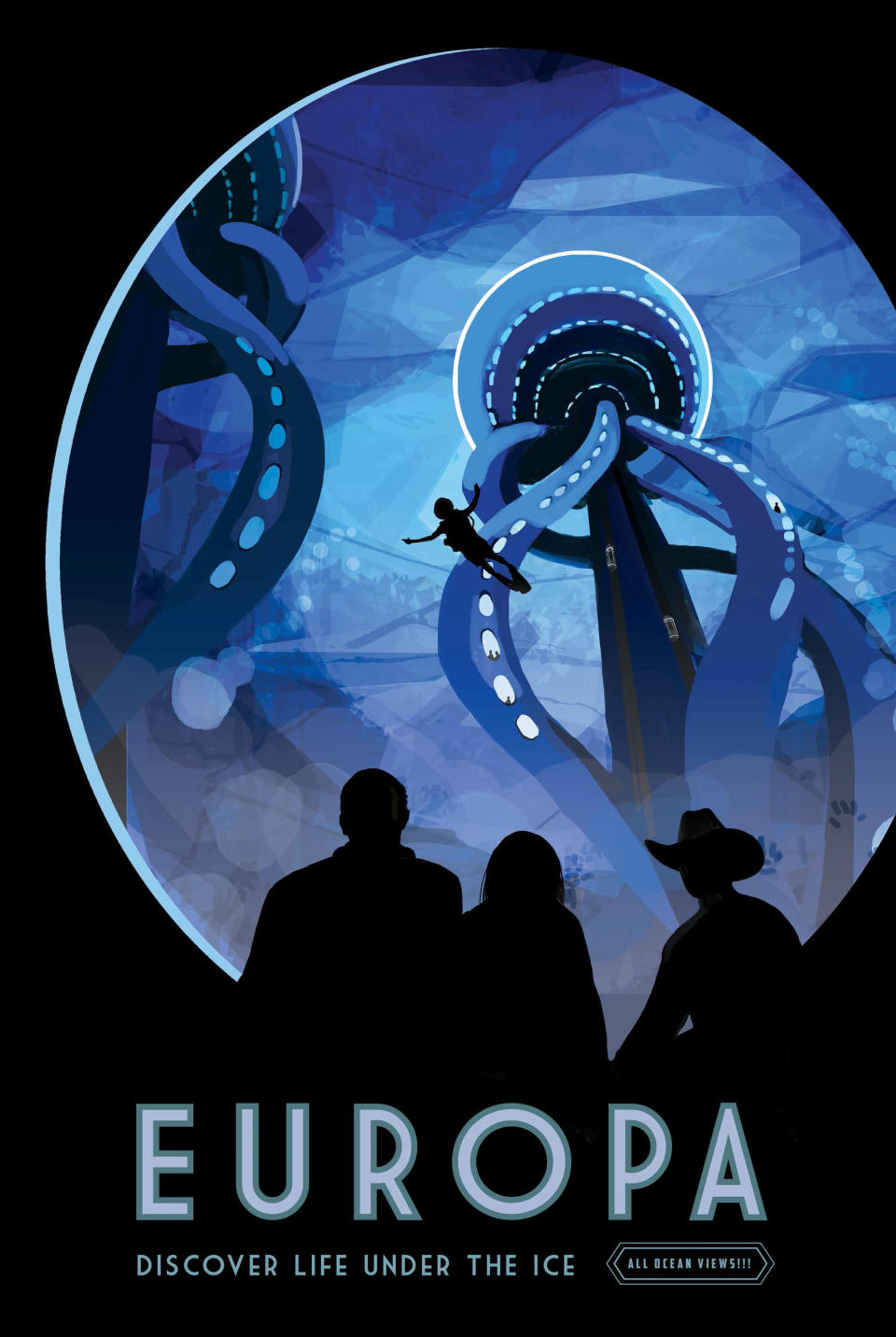
First Exoplanet
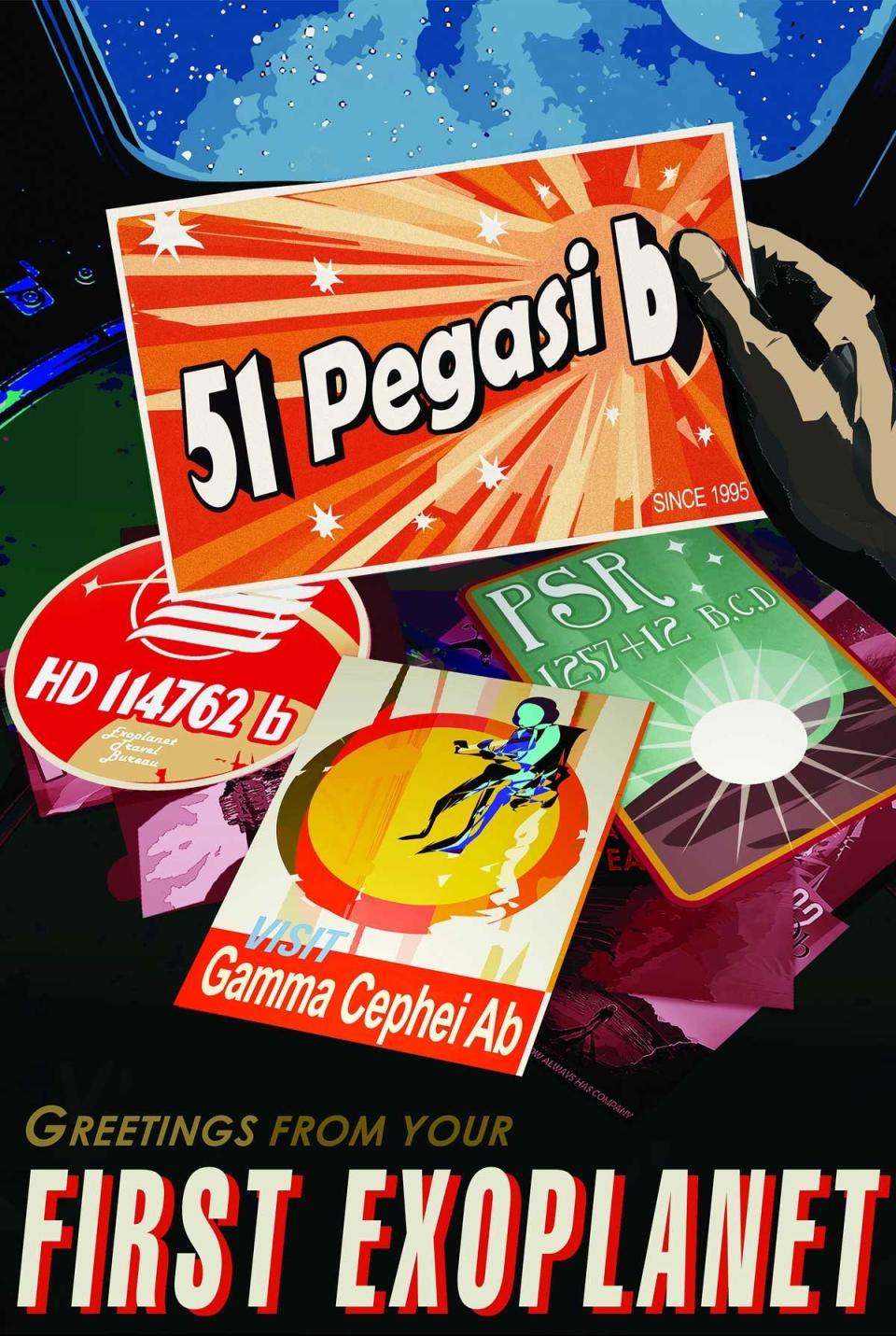
Venus
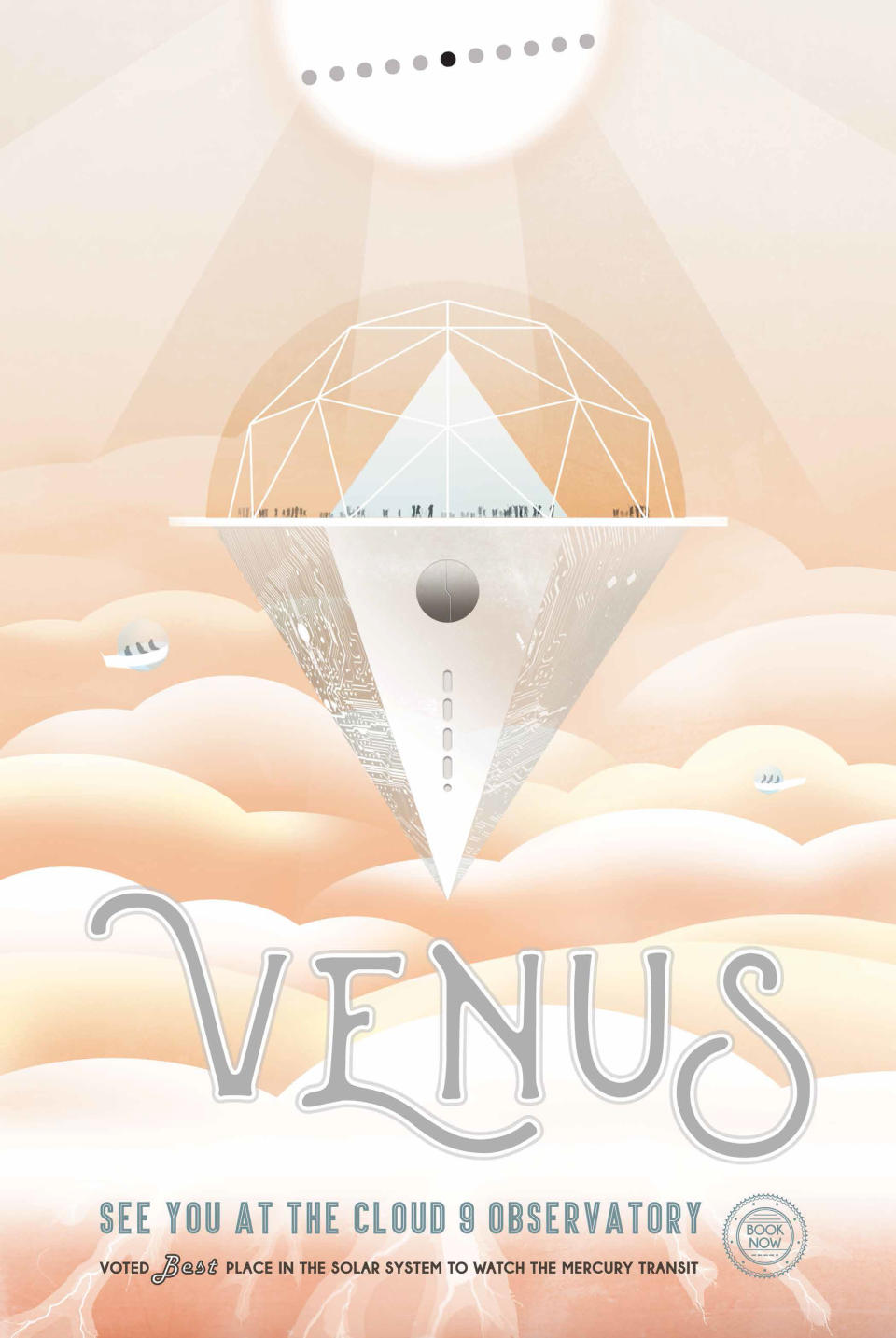
Earth
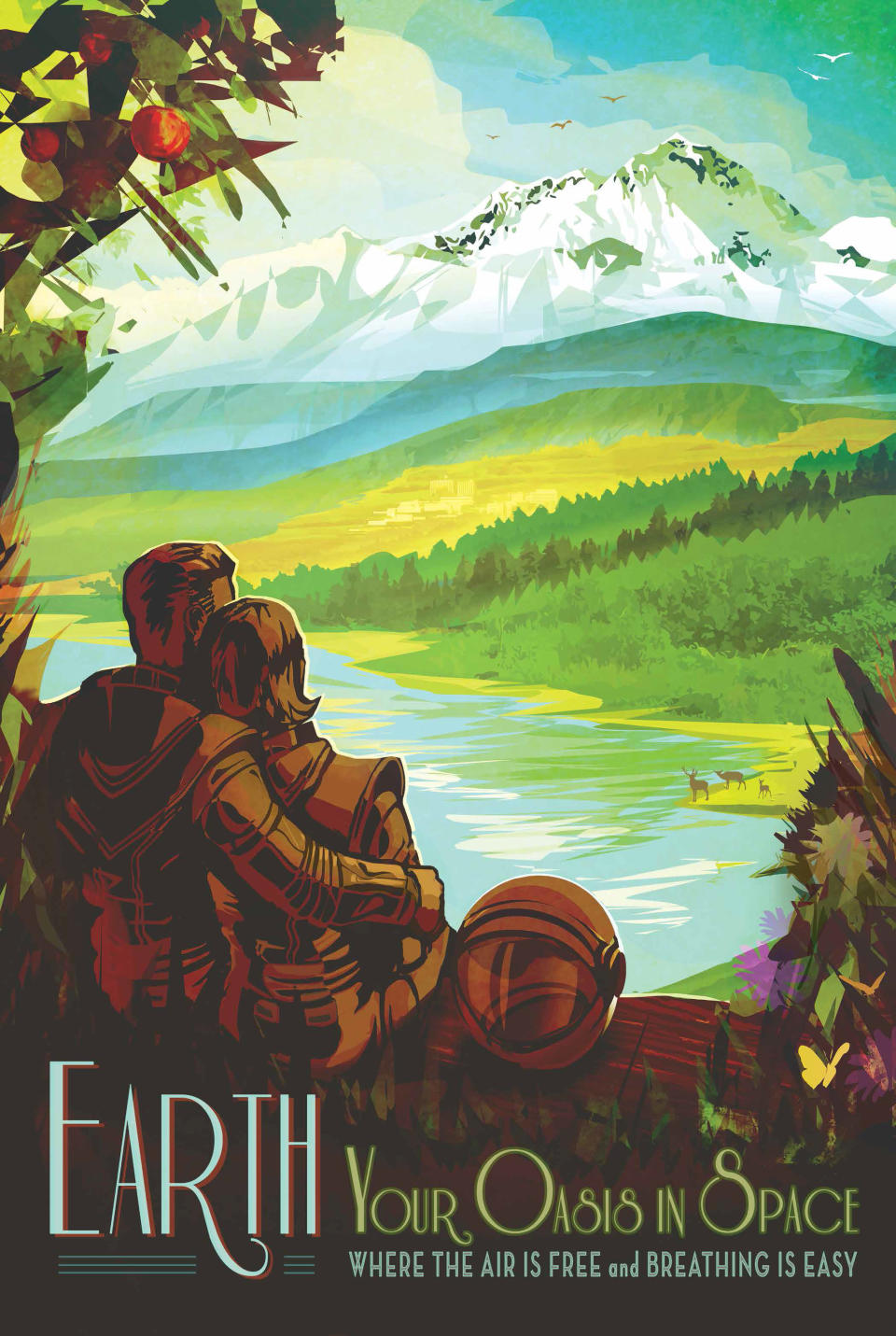
Enceladus
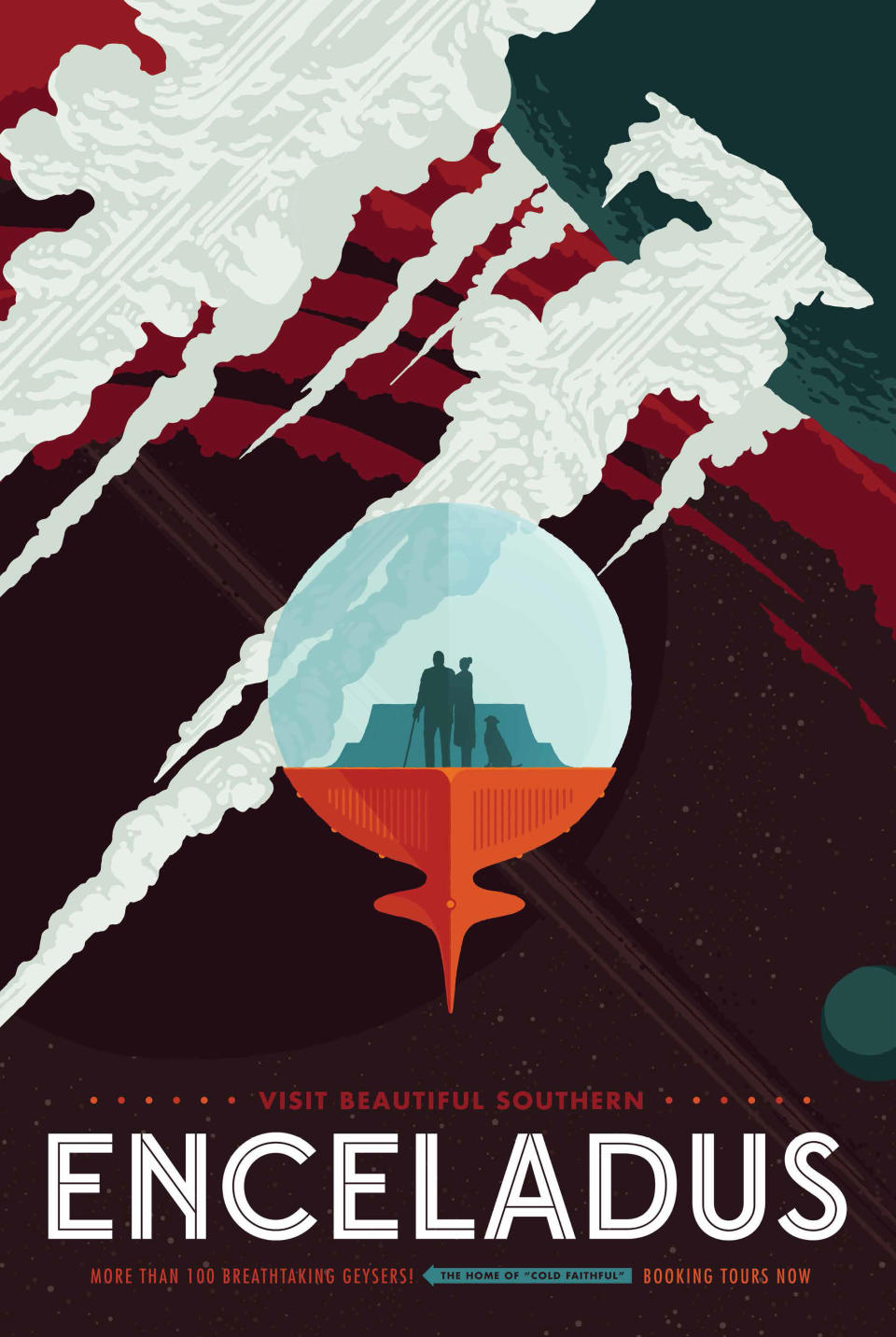
Jupiter
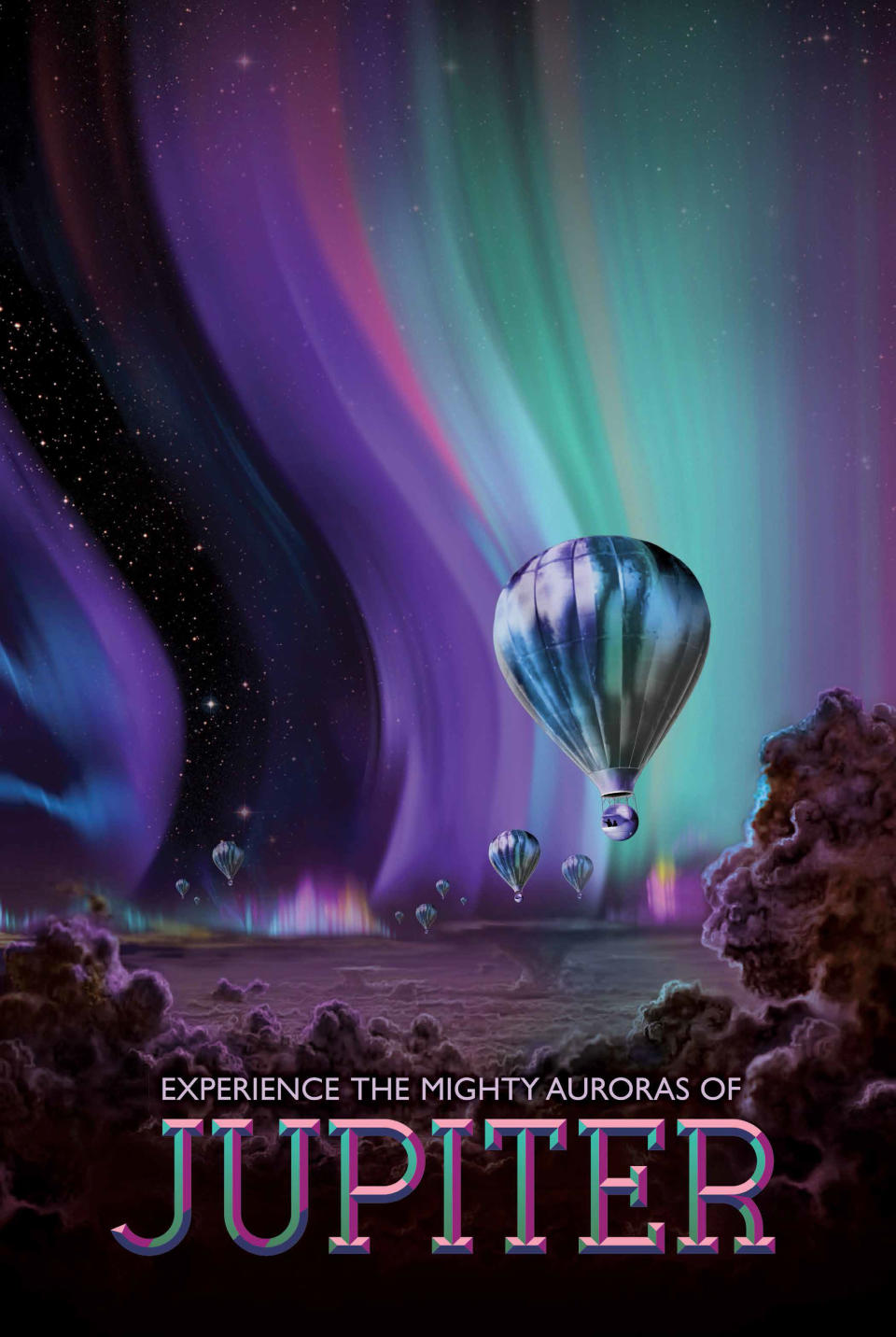
Kepler-16b
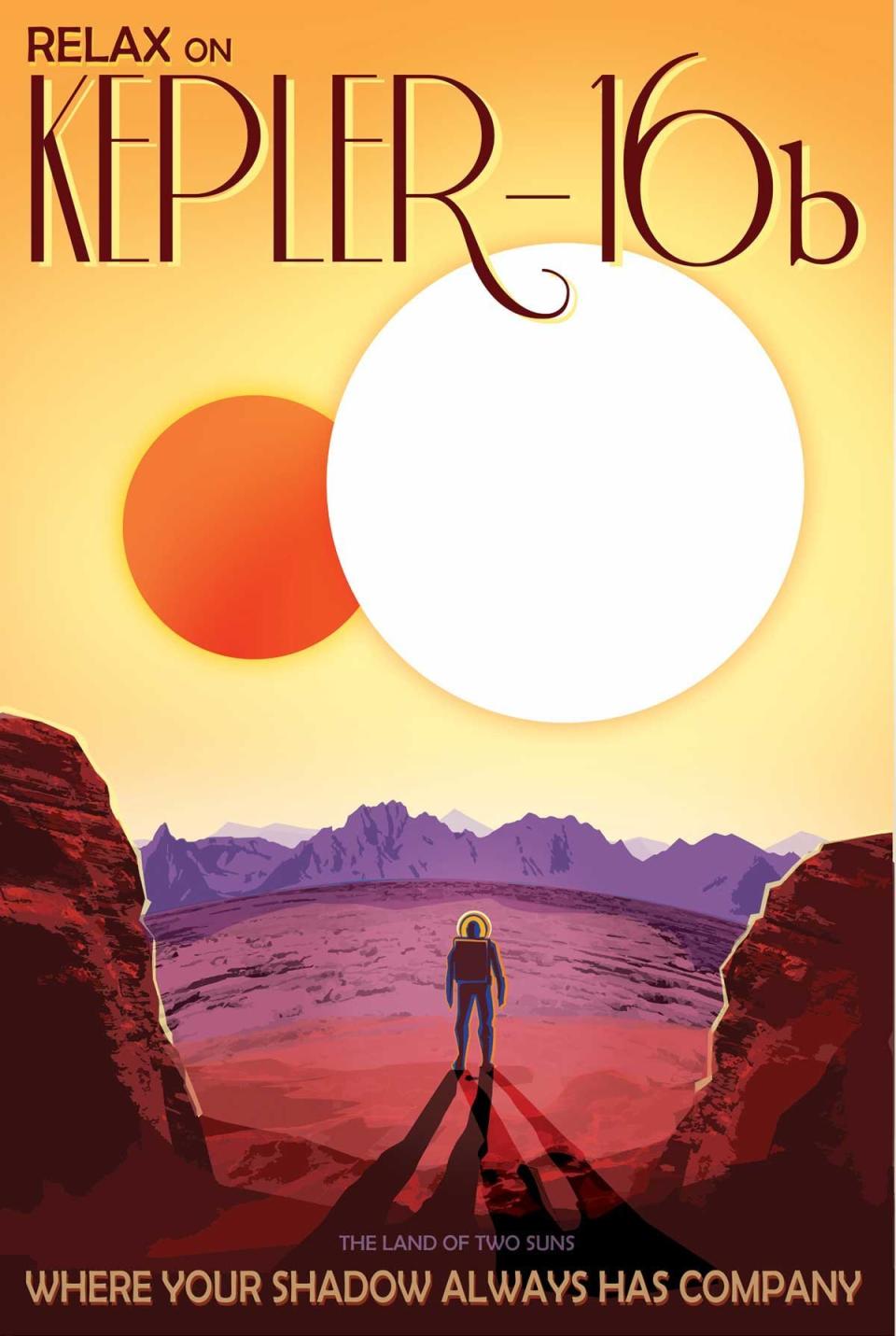
Kepler-186f
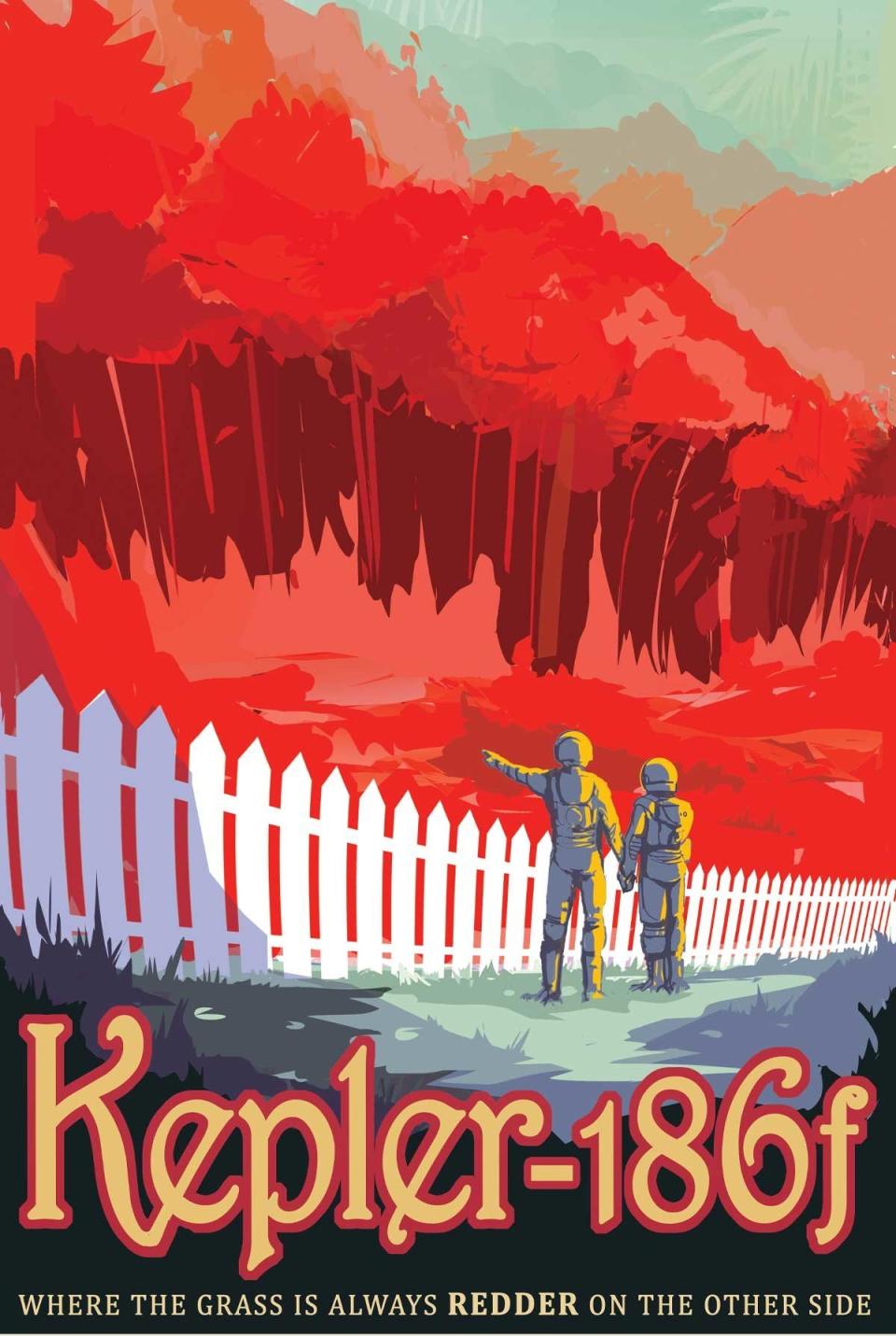
PSO J318.5-22
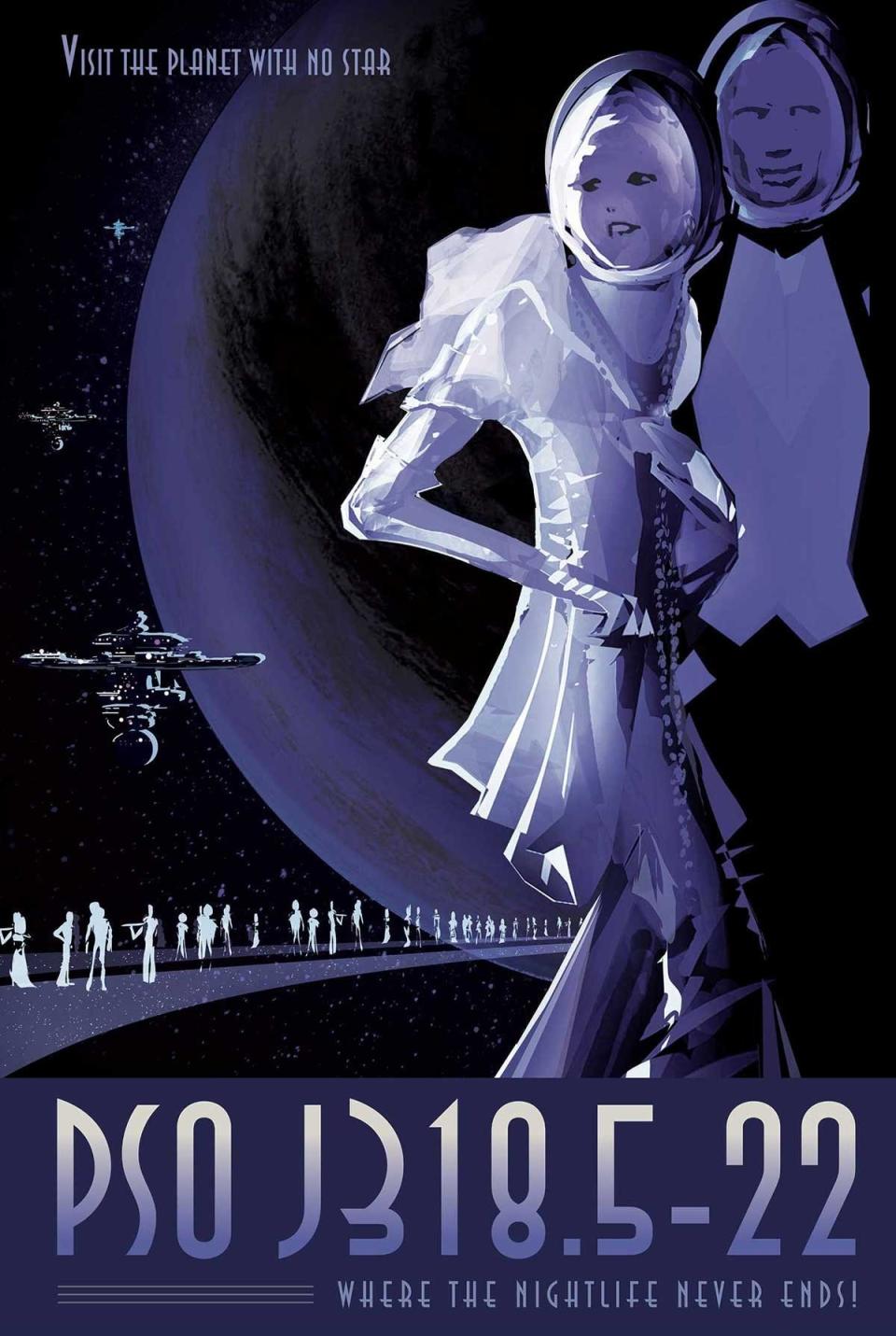
A Super Earth
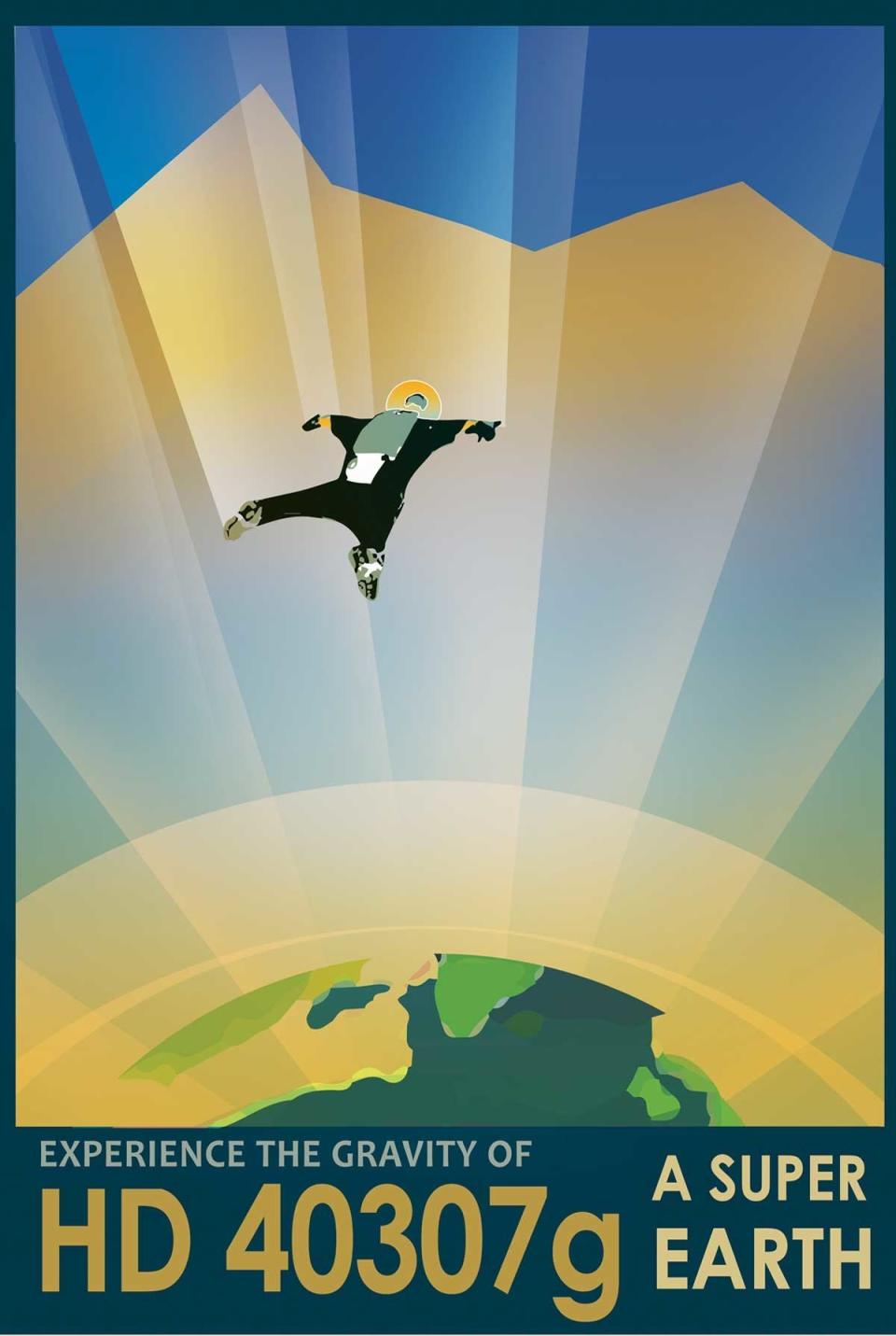
Titan
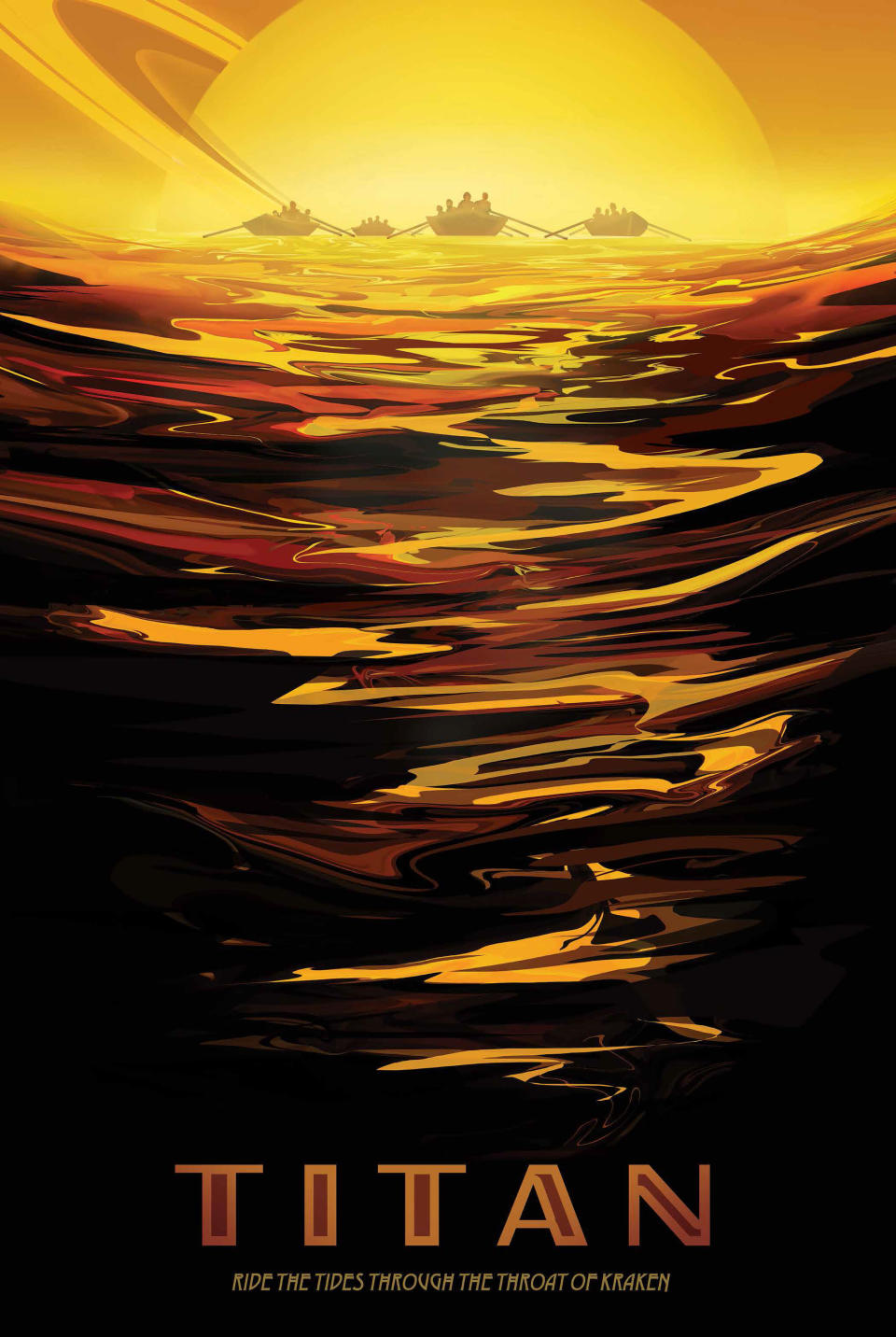
This article originally appeared on HuffPost.

